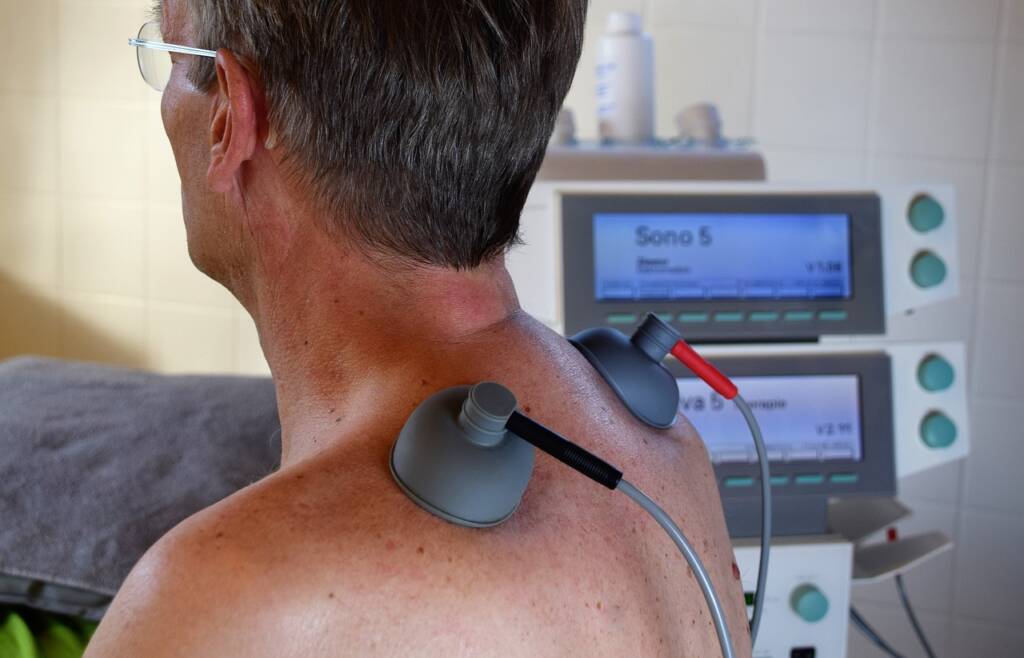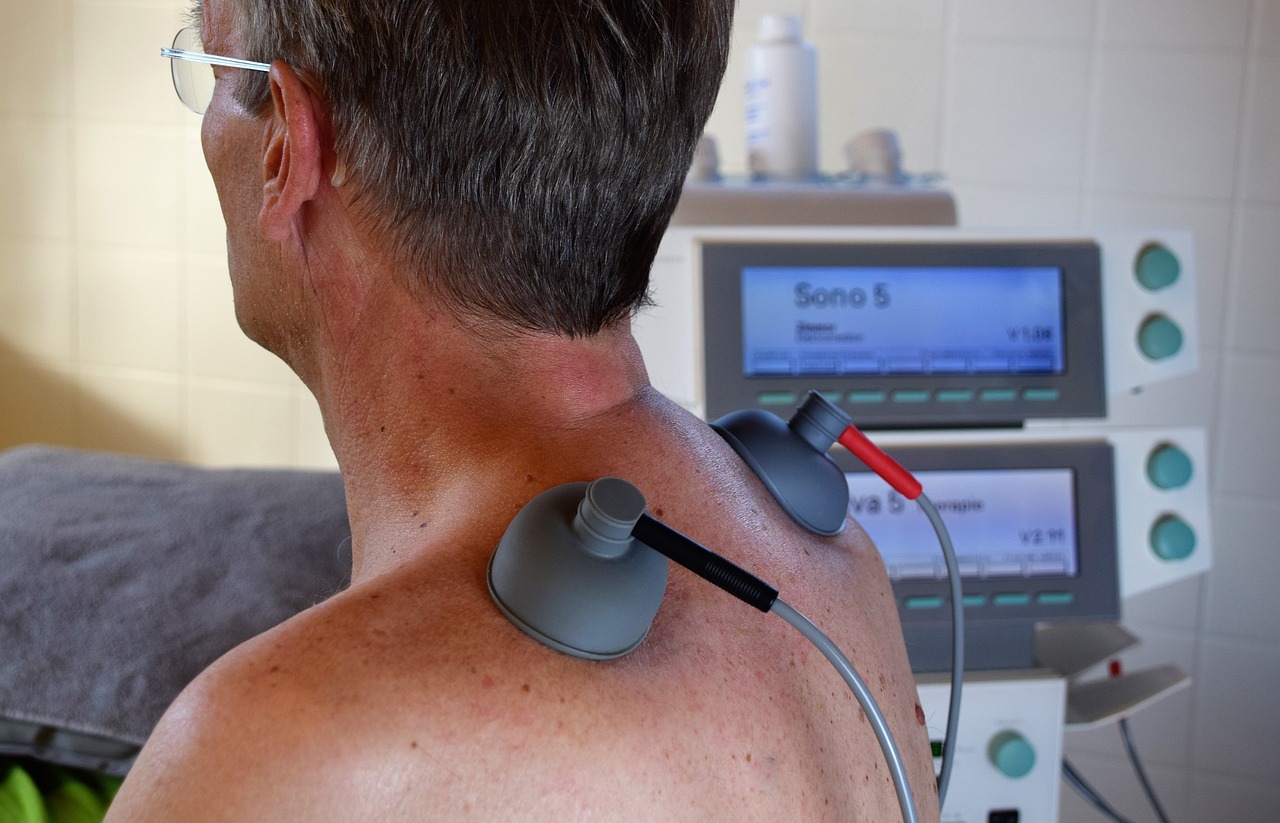Introduction to Cervical Spondylosis:
Cervical spondylosis, also known as cervical osteoarthritis or neck arthritis, is degenerative condition affecting the cervical spine, particularly the disc and joints. It can cause neck pain, stiffness and sometime radiating pain into the arms and shoulders. While there is no cure managing, it involves lifestyle modifications, including dietary changes. In this comprehensive article, we will discuss cervical spondylosis in detail, focusing on dietary and lifestyle adjustments that can help manage and reduce its symptoms. To know more on how calcium and vitamin D3 help to strengthens your bones and joints, then read this article, https://sparklinglifestyle.in/relationship-between-calcium-iron-and-vitamind3/#
Understanding cervical spondylosis:
Cervical Spondylosis is a common characterized by wear and tear of the vertebrae and disc in the neck region. Its commonly associated with aging and can be exacerbated by factors like poor posture, prolonged sitting, and a sedentary lifestyle. The wear and tear results in degenerative changes such as bone spurs and herniated discs, causing discomfort and pain. By age 60, about 9 in 10 people have cervical spondylosis.
Causes for developing Cervical Spondylosis:
Being 60 or older, smoking, alcohol, doing work that requires you spend hours every day looking up and down, sedentary lifestyle, sometimes uneven pillow or bedsheet, straining your neck to lift heavy objects, having family history of cervical spondylosis, having a history of neck injury.
Symptoms of cervical spondylosis:
The symptoms of cervical spondylosis vary from person to person, but often include neck pain, stiffness, headaches, giddiness, vertigo, numbness or tingling in the arms or hands, weakness, and difficulty in maintaining balance.
Diagnosis and treatment:
Diagnosis involves a through medical history, physical examination and possibly imaging studies like X Rays, MRI, or CT scans. Treatment can include medication for pain and inflammation, physical therapy exercises and in severe cases, surgery.

Lifestyle modifications for cervical spondylosis:
- Posture improvement: Maintaining good posture while sitting and standing is crucial. For example, Avoiding slouching and use ergonomic chairs and devices that support the natural curve of the spine.
- Regular exercise: Engage in exercises that strengthen the neck and upper back muscles. Stretching and slowly rotation of neck exercises can improve flexibility and reduce stiffness.
- Weight management: Maintaining a healthy weight reduces stress on the neck and spine, potentially reducing symptoms.
- Avoid prolonged sitting: For example, Take breaks, stand up and move around regularly if your job requires long periods of sitting, use proper ergonomics for computer use.
Dietary changes for cervical spondylosis.
- Healthy diet: Consume a well-balanced diet rich in fruits, vegetables, whole grains, and proteins. A healthy diet rich in omega-3 fatty acids, vitamins, minerals, vitamin D3 and calcium and antioxidants support overall well-being.
- Omega 3 fatty acids: Incorporate sources of Omega 3 fatty acids like fish, flax seeds, and walnuts, as they have anti-inflammatory properties that may help reduce inflammation in the body.
- Calcium and Vitamin D: Ensure adequate intake of calcium and vitamin D for bone health. Dairy products, leafy greens, Chia seeds, sesame seeds, Ragi, Rajgira and sunlight exposure are good sources of vitamin D.
- Hydration: Stay well hydrated to maintain the health of spinal discs and overall body function.
Avoiding certain foods:
- Processed foods and sugars: Minimize intake of processed foods and sugars, which can contribute to inflammation and exacerbate symptoms.
- Excessive caffeine and alcohol: Limit consumption of caffeine and alcohol as they can lead to dehydration and potentially worsen neck pain.
Conclusion:
Cervical spondylosis is a common condition, especially in older adults that can cause discomfort and affect daily activities.
Managing it involves a multi-faceted approach, including proper posture, regular exercise, weight management and balanced diet.
By making these lifestyle and dietary adjustments, people can reduce symptoms and improve their quality of life. Always consult a doctor before making significant changes to your lifestyle and diet. To know more follow my Instagram page.



Leave a Comment